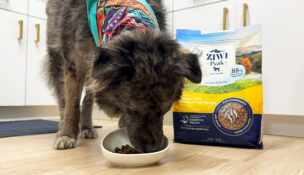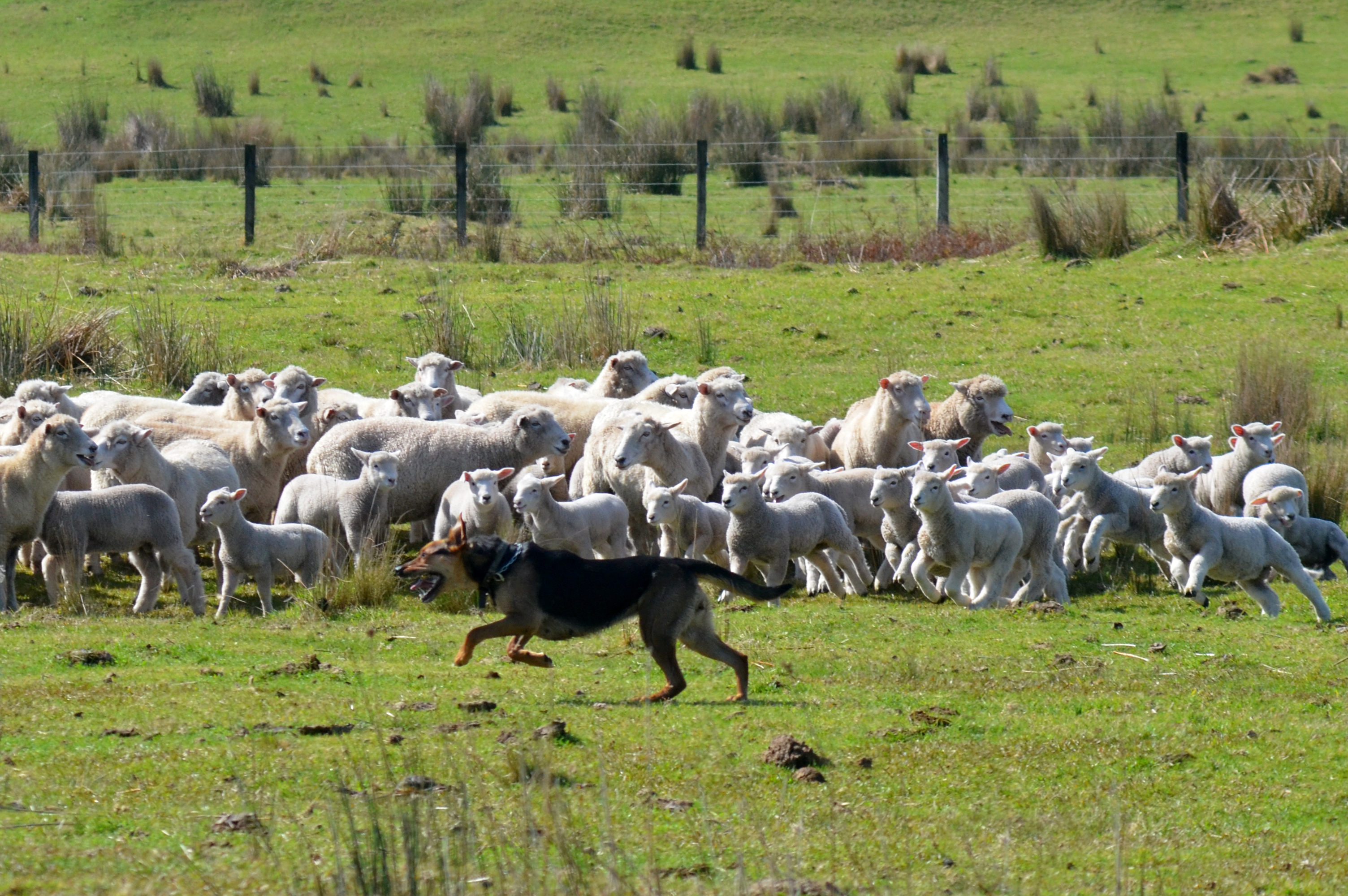Bet on Wet Food
Maggie Marton //November 1, 2016//
Wet food accounts for 20 percent of pet food sales in the US, according to a webinar hosted by GfK earlier this year. That represents roughly $4.8 billion of the $24 billion US pet food market. A small segment, to be sure, but a powerful and growing one.
Dog owners tend to purchase wet food for two distinct purposes: First, there’s a perception that wet food delivers higher-quality nutrition. Second, some pet owners feel that feeding wet food—either by itself or as a topper to dry kibble—allows them to spoil their dog. Either way, the product-selection emphasis is on quality.
According to Chanda Leary-Coutu, senior marketing communications manager at WellPet, “Just like dry food, high-quality, natural wet food offers the complete and balanced nutrition dogs and cats need for a happy, healthy life. More than ever, pet parents are looking for ways to add variety and excitement to mealtime, and this can be accomplished by feeding wet food recipes, either exclusively or along with dry food. Mealtime has come to represent a special moment between pet and pet parents—it’s a way for pet parents to show their four-legged family members how much they care and wet food can help make mealtime even more special by adding textures, flavors and nutrients that appeal to pets’ palates and help them feel their best.”
When it comes to premium products, consumers want nutritionally-dense formulas and are concerned about ingredients and their sourcing.
“When pet parents choose wet food, they look for quality, natural ingredients that they know will help support their pets’ overall health and wellbeing—including grain-free recipes made without fillers or artificial colors, flavors and preservatives—and exciting flavor combinations and textures that will end the monotony of mealtime,” said Leary-Coutu.
At Wellness, the brand recently introduced new wet food options, TruFood Complements and  Wellness CORE Hearty Cuts. Grain Free Wellness TruFood Complements for cats and dogs are made with whole prey proteins and fresh produce, each with no more than five ingredients. CORE Hearty Cuts offers protein-packed wet food with quality proteins like beef, venison, turkey, duck or salmon, along with superfoods like spinach, sweet potatoes and kale for a balanced, highly nutritious meal.
Wellness CORE Hearty Cuts. Grain Free Wellness TruFood Complements for cats and dogs are made with whole prey proteins and fresh produce, each with no more than five ingredients. CORE Hearty Cuts offers protein-packed wet food with quality proteins like beef, venison, turkey, duck or salmon, along with superfoods like spinach, sweet potatoes and kale for a balanced, highly nutritious meal.
Retailers are capitalizing on the increase in demand for wholesome, organic products by stocking organic, natural wet food. One example is Mulligan Stew, a premium wet food developed by a naturopathic practitioner. The formula aids in increasing the healthy enzymes that support detoxification, anti-oxidant production and cellular health.
Bravo’s new Canine Cafe line provides complete and balanced nutrition for all ages and breeds. The formulas include popular, trending ingredients like salmon oil, green lipped mussels and turmeric. Additionally, for concerned customers, Bravo has made their Country of Origin (COO) data available as downloadable PDFs for each product on the company’s website.
Beyond ingredient demands, consumers are using wet food increasingly as a topper to the kibble they already feed. According to Leary-Coutu, “One of the biggest trends we are seeing in the pet food industry as a whole is the rise in meal toppers which can be served over dry food or as a snack, providing delicious taste, texture, hydration and nutrients to a cat or dog’s diet.”
This makes sense with the larger trends of treating pets like an integrated member of the family and expecting the same quality for them as for your own family. Adding high-quality wet food as a topper allows dog owners to feel like they’re pampering their pet with premium nutrition and a tasty treat.
Ultimately, though, the key to successfully selling wet food: education.
“Pet parents are doing more research to educate themselves on what goes into their pet’s foods, so it’s important for retailers to have a true understanding of what’s in the foods they’re selling and how those ingredients can help pets’ overall health. Pet parents will come into their neighborhood,” stated Leary-Coutu. “This is especially true in the natural category. Pet parents who feed their dogs and cats natural recipes have already done part of their homework. They know natural ingredients are a fundamental source of health for their pets, so retailers need to know even more than the basics. They need to understand the order in which ingredients are listed, where the ingredients are sourced, and the nutritional value and health benefits of these various ingredients, which are all key factors to help pet parents find the recipes that are best suited for their pet’s nutritional needs.”
Work closely with brand partners to understand how wet food recipes benefit dogs, and help your customers make educated decisions for their pets’ needs.



















